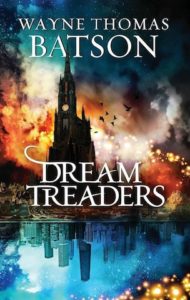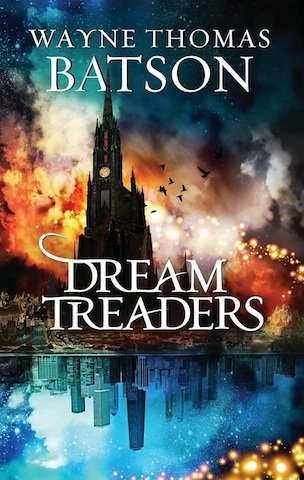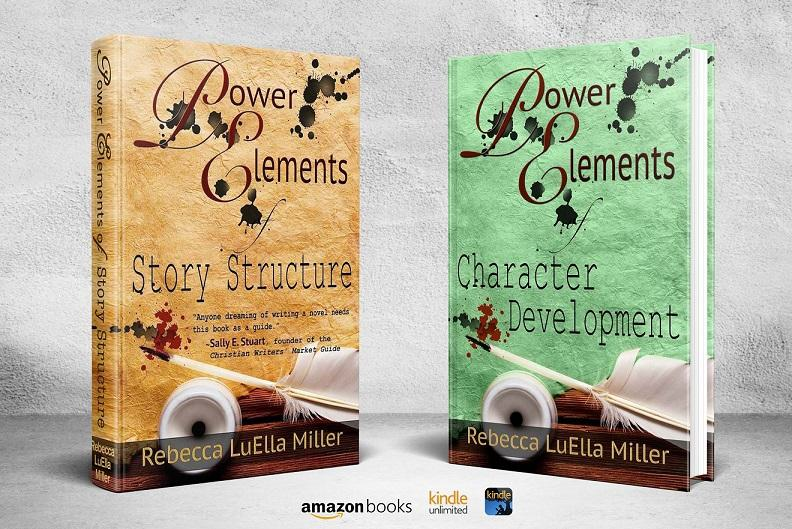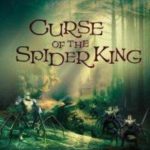Dream Treaders: A Review

The Story. Archer Keaton is an apparently normal though conscientious student by day. By night he is a dreamtreader, one of three tasked to patrol the world of Dream, standing in opposition to the Nightmare Lord.
When a new boy comes to school in the last month of the school year, everything in Archer’s daily life changes. His best friend, Kara Windchil, seems smitten by Rigby Thames, but so do most of the rest of the students. Still, it smarts that Kara no longer sits with Archer on the bus or talks with him or texts him.
Things in Dream are not so great either. An increasing number of tears in the fabric separating Dream from the Temporal—the real, though temporal world, as opposed to the real, though eternal world of the hearafter—have begun to appear. What’s more, the other two dreamtreaders are missing.
And off the story goes.
Strengths. There’s much to like in Dream Treaders. For one, Wayne Batson has a wonderful ability to portray young teens truthfully and accurately. He does not treat his teens in a condescending way or write as an adult who is living through his characters or, with one exception, create teens based on how an adult expects teens to act. Rather, they seem to come alive and each is a unique individual. The quirks and foibles of one are completely different from those of the other characters.
The premise of this story is also fresh and interesting. Yes, as noted in an earlier post, there are dream stories or stories centered on the fight to control the mind, but this one takes a different approach and gives it some really strong elements—people capable of lucid dreaming, with the ability to think into being whatever they need, but also with rules they must follow if they are to avoid dire consequences.
The plot of this story is not particularly new, but it is well executed. It’s apparent from the beginning what Archer wants, and it’s easy to pull for him, to hope he succeeds, to worry when he makes a bad decision. The pace is fast but not dizzily so.
The theme is expertly woven throughout the story, not in a subtle way exactly, but naturally so that the important truths arise from the characters and not as an aside the authors tells the reader. And the truths are important. In yesterday’s post I dealt with the concept of an anchor—a thing that ties a lucid dreamer to reality. The point becomes clear that those in the real world also need anchors—solid, reliable constants to keep us from drifting away from truth. Coupled with the fight to overthrow the Nightmare Lord, there’s a lot of grist for the reader to digest.
Lastly, the worldbuilding in Dream Treaders is stellar—both that of Dream and of Dresden High. They seem like real places and are easy to visualize without having the action come to a stop while paragraphs of description paint the picture. Rather, Wayne Batson skillfully incorporates the details of setting with the events of the story.
Weaknesses. When I read the first chapter, I closed the book and realized I’d been entertained but didn’t really care. When I came back to the book and read chapter two, everything changed. The fact is, chapter one takes place in Dream and chapter to in the real world. Chapter one is immediate action; chapter two shows the main character in relationship with others. In short, once I got to know the character, I cared.
I don’t know if switching the order of the chapters would work or not. I do know, for me as a reader, getting to know the character was like throwing a switch from not engaged to engaged and caring.
There was one character, though, I think Wayne Batson missed—Archer’s brother Buster who supposedly was in love with all things Best Coast (though I think he called it West Coast 😉 or maybe even California). The problem was, he used slang that was fashionable in the 1980s or ’90s at best. I (living on the West Coast) haven’t heard a lot of those slang terms he used for a generation. His character, in other words, seemed forced and artificial—an adult’s idea, gleaned from old TV shows, most likely, of what a kid in California must be like. Fortunately, Buster had a very small role, and most people not living on the West Coast may not even notice the weirdness of his portrayal.
Recommendation. I think Dream Treaders is a triple (with nobody out), if not a home run. It’s a great book for middle grade boys, a reading group that is highly under served, in my opinion. I applaud Wayne Batson for such a wonderful story (and Thomas Nelson for publishing it). I think this one is a MUST READ for the target audience. I think readers of all kinds will enjoy it.
This post first appeared at A Christian Worldview of Fiction in June 2014.











































Is it petty of me to be irked by the “10th Kingdom” cover knock-off? (As a designer, I can’t help it … not the author’s fault, I guess)
Hey, Lauren, I wasn’t aware of the 10th Kingdom cover until you mentioned it. Certainly looks like the designer used that one as a template for this one. But keep in mind that the author writes the book before a cover is ever thought up, so don’t hold your irked feelings against the story. I actually can see why they thought that would be the perfect concept for this book, and it’s 15 years after that book came out. But still . . . for people like you who know, I can see why you’d be a bit put off.
Becky